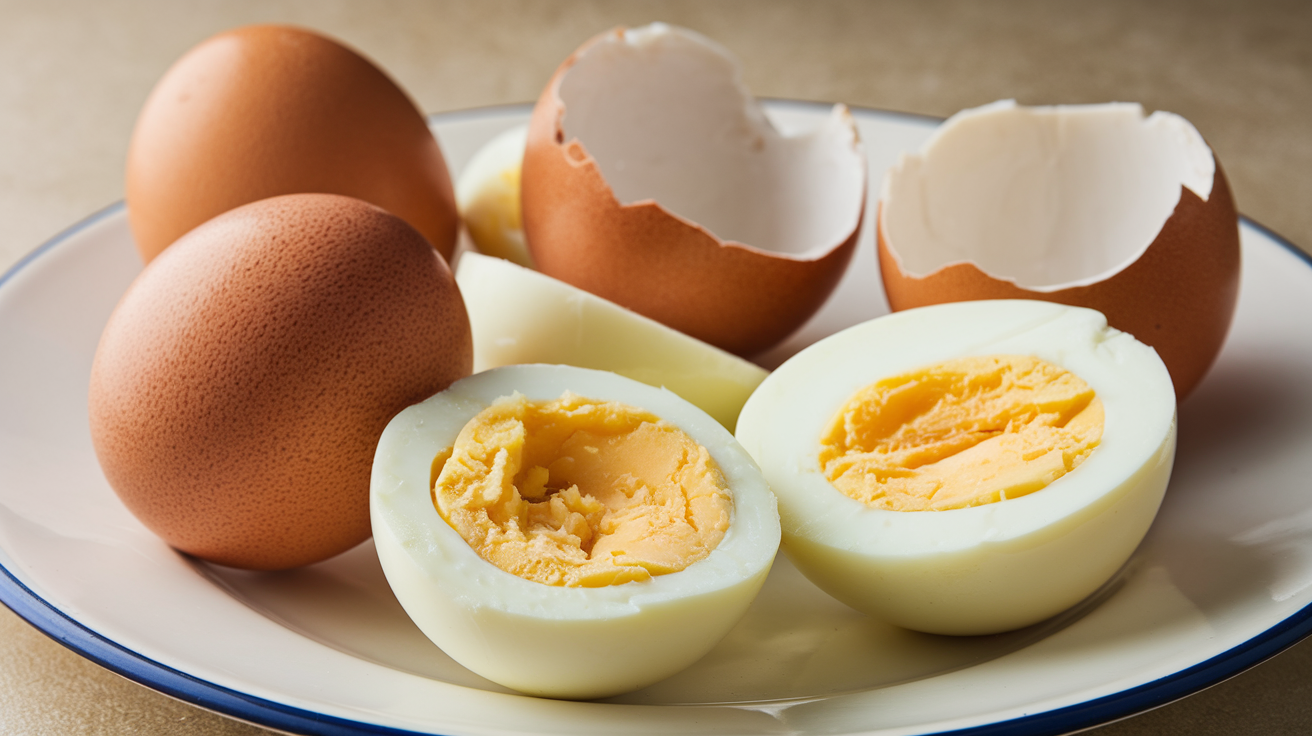
Vegetable Scrap Stock Base
The Magic of Vegetable Scrap Stock
Vegetable stock, the unsung hero of many kitchens, provides a flavorful foundation for countless dishes. But often, we overlook the potential hidden within the scraps we discard. This recipe champions sustainability by transforming those forgotten vegetable trimmings into a rich and aromatic stock base.
A History of Frugality
The practice of using vegetable scraps for stock dates back centuries, stemming from a time when frugality was a necessity. Cooks learned to extract every last bit of flavor from their ingredients, minimizing waste and maximizing resources. This tradition continues today, driven by a growing awareness of food waste and a desire for more sustainable cooking practices.
Flavor Extraction Techniques
This recipe relies on a slow simmering process to gently extract the flavors from the vegetable scraps. Roasting some of the scraps beforehand can deepen the flavor profile, adding a caramelized sweetness to the final stock. Avoid using brassicas (broccoli, cabbage, cauliflower) as they can make the stock bitter. Also, go easy on the potato peels.
Ingredients
- 4 cups vegetable scraps (onion peels, carrot peels, celery ends, mushroom stems, garlic cloves, parsley stems)
- 1 tbsp olive oil (optional, for roasting)
- 8 cups water
- 1 tsp salt
- 1/2 tsp black peppercorns
- 1 bay leaf
Instructions
- 1.Prepare the Vegetables
Rinse vegetable scraps thoroughly. For a richer flavor, toss the scraps with olive oil and roast at 400°F (200°C) for 20 minutes.
- 2.Combine Ingredients
Place the vegetable scraps (roasted or raw) in a large stockpot or Dutch oven. Add water, salt, peppercorns, and bay leaf.
- 3.Simmer
Bring the mixture to a boil, then reduce heat to low and simmer gently for at least 1 hour, or up to 2 hours, allowing the flavors to meld. The longer it simmers, the richer the flavor will be.
- 4.Strain
Carefully strain the stock through a fine-mesh sieve lined with cheesecloth. Discard the solids.
- 5.Cool and Store
Let the stock cool completely before storing it in airtight containers in the refrigerator for up to 5 days, or in the freezer for up to 3 months.
Nutritional Information
Equipment
- Large stockpot or Dutch oven
- Fine-mesh sieve
- Cheesecloth (optional)
- Airtight containers
Tips
- Avoid using strong-flavored vegetables like broccoli, cabbage, or cauliflower, as they can make the stock bitter.
- Add mushroom stems for an umami-rich flavor.
- For a deeper color, include onion skins.
- Don't over-salt the stock, as it will concentrate as it simmers.
- Cool the stock quickly to prevent spoilage.
Frequently Asked Questions
Try Our AI Features
Reverse Engineer Any Recipe
Just snap or upload a picture of a dish, and our AI will create the complete recipe for you.
Identify RecipeCreate Custom Recipes
Take a photo of your ingredients, and let AI create a personalized recipe just for you.
Create RecipeYou Might Also Like

Fresh Avocado and Corn Salsa
A vibrant and flavorful salsa featuring creamy avocado, sweet corn, and a zesty lime dressing. Perfect as a dip, topping for grilled dishes, or addition to tacos.

Roasted Red Pepper Dip
A vibrant and flavorful dip made with roasted red peppers, garlic, and a touch of lemon. Perfect for serving with pita bread, vegetables, or crackers.

Ninja Foodi Hard Boiled Eggs
Perfectly cooked hard-boiled eggs made easy in your Ninja Foodi! This method requires no boiling and results in easy-to-peel eggs every time.

Garlic Roasted Tomatoes
These garlic roasted tomatoes are a simple yet flavorful side dish. Roasting brings out the natural sweetness of the tomatoes, while garlic adds a savory depth.

Get Weekly Recipes
Join our community for exclusive recipes and cooking tips